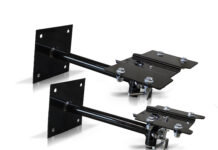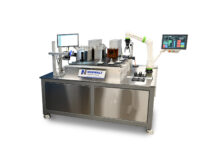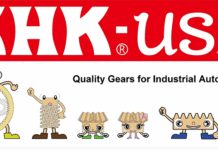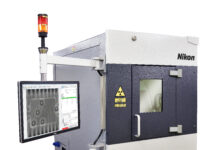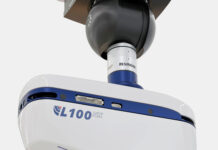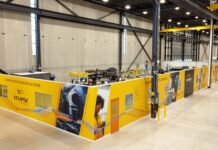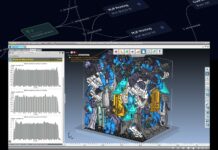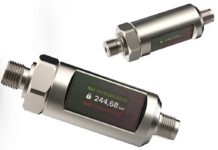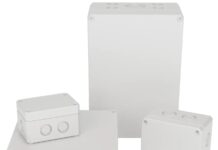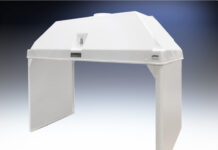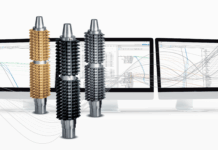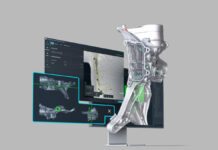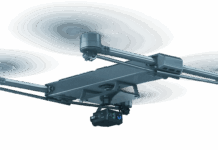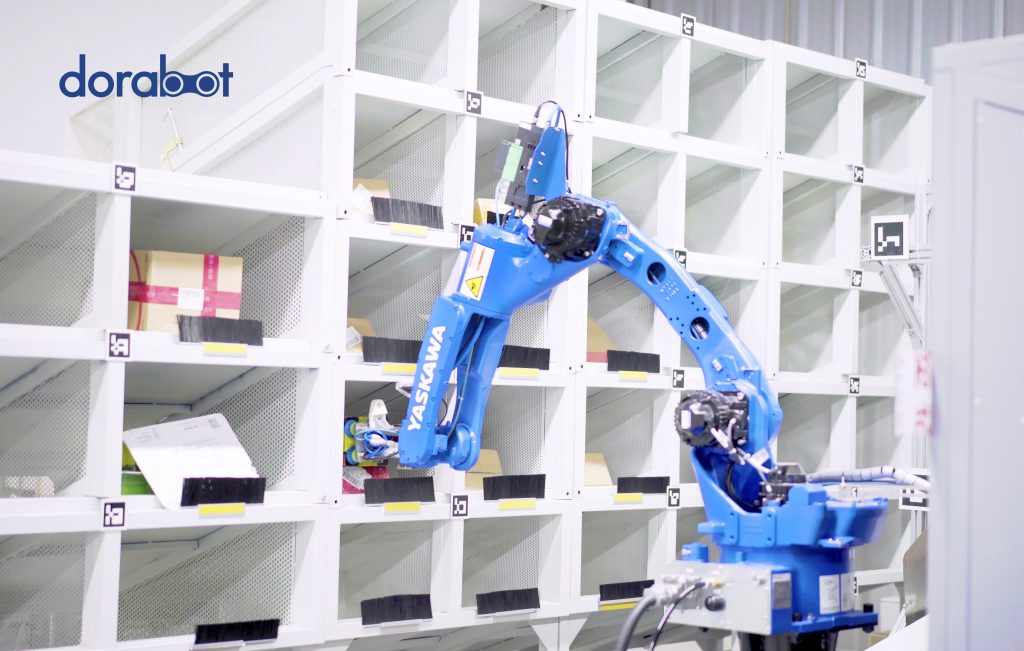
From highly versatile and portable robots to intuitive robot programming methods, and everything between, emerging technologies are prompting some manufacturers to take another look at robotic automation. While decision makers for these companies agree that jumping into the proverbial robotics pool will most likely save valuable resources and increase production throughput, many leaders confess they have no clear-cut plan for robotic implementation. In fact, it is not unusual in my job to address the following inquiries:
“We Know Our Company Needs Robotic Automation, But Where Do We Begin?”
This is a common question that I receive. Job shops and larger OEMs alike experience pain points. If robotic automation has yet to be implemented on the factory floor, it can be an overwhelming concept for decision makers to embrace. My first piece of advice would be to hold a plant audit. This is where a perceptive robot supplier visits a factory to meet a production team, listen to production supervisors and study how piece parts / goods are manufactured, then packaged for distribution. This process, which can help pinpoint production inconsistencies and workplace hazards, can take several hours to complete and is well worth the time spent.
“So, Where Does Robotic Automation Fit And What’s The Easiest Application To Implement?”
After a plant audit is complete, this is the first question that is typically asked. For companies that approach robotic automation “cold turkey” (with no specific task in mind), having a consultant help look at the big picture can help highlight production bottlenecks, repetitive tasks and other areas where humans are prone to injury, revealing ideal locations for robotic solutions. From case erecting to palletizing, the best application to implement on a production floor will vary from one company to the next, but here is a general idea of the most popular handling tasks that get automated and their perceived levels of complexity:
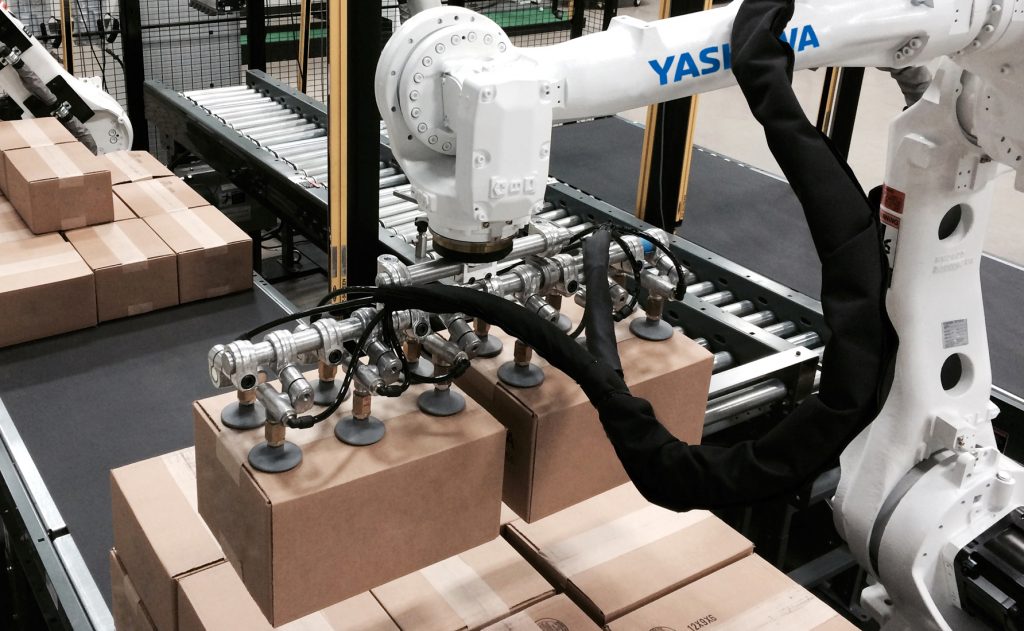 EASIEST
EASIEST
Palletizing:
Often the best place for manufacturers to start robotic implementation on the production floor, the relatively simple process of robotic palletizing usually includes moving uniform boxes that are already loaded from one point (i.e., conveyor) and stacking them on a pallet for shipping. Likewise, the motion performed is repetitive, making it the perfect application for an industrial robot. The task of programming a palletizing operation can be simplified through easy-to-use software, such as PalletSolver®. This enables users to generate even the most complicated package and pallet layouts offline and load them onto the robot controller when required.
Pick & Pack:
Thanks to fast and highly-capable robot arms, like the GP7, GP8 and GP12 robots, the use of robotic automation for picking and packing is growing in popularity. Great for taking the trays generated from pick and place, or loading singulated or grouped items into bigger cartons, picking and packing can also be a good place for companies to start robotic implementation. However, it is important to keep in mind that while picking and packing can be done using clever conveyor and tooling designs for uniform products, it can be complex if sortation or mixed items are required.
 MODERATE
MODERATE
Pick & Place:
Delta-style robots are good at taking individual items and placing them in trays for further packaging down the line. This is ideal for packaging small goods (i.e., cosmetics), parts or even food that needs placed into a holder of some sort. Pick and place robots utilize advanced user-friendly software packages, like MotoPick™, allowing for the development of machine vision-based, high-speed picking. This software and vision system combination provides manufacturers with the building blocks to create optimal solutions that can identify, orient and place an object into a tray or on a conveyor with speed and precision with minimal human interaction. Moderate in difficulty, this process involves layout modifications – including some way to “hang” the robot – conveyor tracking, vision setup, tool design and more.
Case Erecting:
Traditionally achieved manually or by hard automation, case erecting can be optimized by adding a versatile robot arm, giving manufacturers the flexibility needed for frequent box changes in a high-mix, low-volume market. While some hard automation may still be used for actions such as box loading or case sealing, a robot equipped with 2D vision and a customized end-of-arm tool (EOAT) can easily detect box sizes and adjust accordingly, allowing the robot to set up a variety of boxes without further intervention.
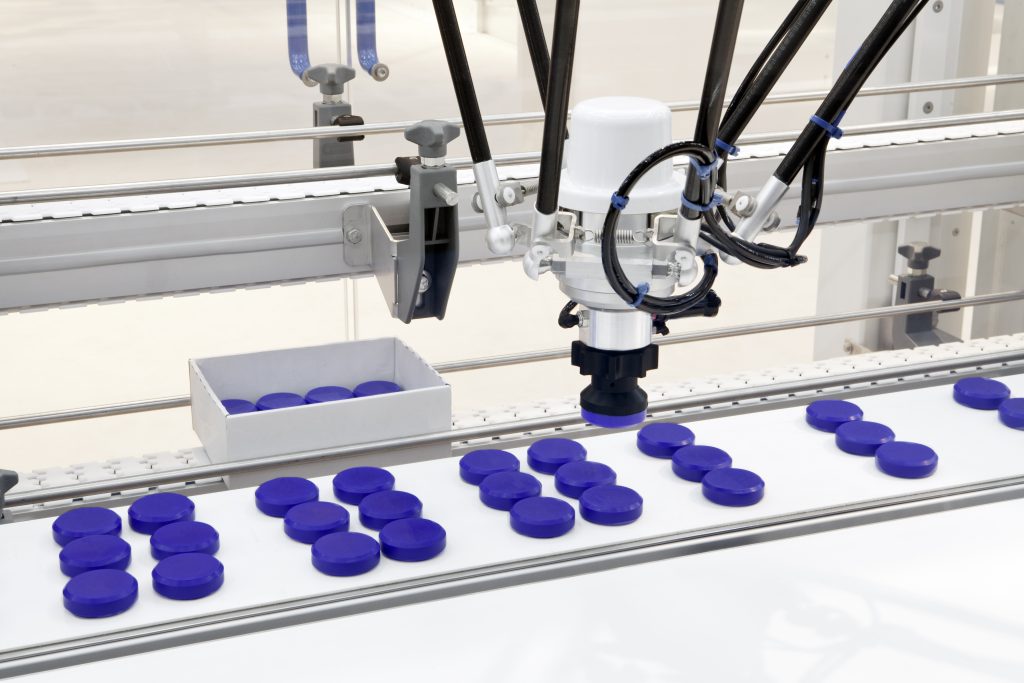 COMPLEX:
COMPLEX:
Sortation:
Often considered the “holy grail” of unloading – especially in the logistics market – one of the most complex applications to automate is having a robot pick up and sort unstructured, mixed objects. Even if items arrive at the robot in a singulated manner, massive variation of object heights, sizes and materials can make it difficult for a robot to perform dynamic picking tasks. While a perfect solution does not yet exist, companies such as Dorobot and PlusOne Robotics are working to blend 3D vision systems and AI software with robots to solve unique applications in real time, allowing the robots to pick up objects quickly and reliably with minimum human intervention.
Depalletizing: The task of unloading a pallet is relatively simple if the products arrive on uniform pallets with uniform box sizes, but this is rarely the case. Because the process of unloading tends to be a bit more complex due to variability, the utilization of a high-performance vision system is often required. Equipped with a 3D vision system that utilizes 3D CAD matching software, an industrial robot arm can determine the length, width and height of the boxes being unloaded. This ensures the reliable unloading of packages and proper placement for further processing. Companies, such as Wynright, specialize in creating order from this type of “chaos”, offering unique solutions to address complex and monotonous unloading tasks.
“What should be our next step?”
If you have found yourself nodding in agreement to the scenarios presented, or if these six applications have sparked an interest for robotic automation on your factory floor, the next step should be to contact a robot vendor that is knowledgeable on a wide range of solutions to conduct a thorough plant audit. It is equally important to find a supplier or integrator that is dedicated to complete customer satisfaction at every stage of the project life cycle. This will help to smoothly transition your company into the world of robotic automation and a viable path to profitability.
For more information, visit www.motoman.com.




